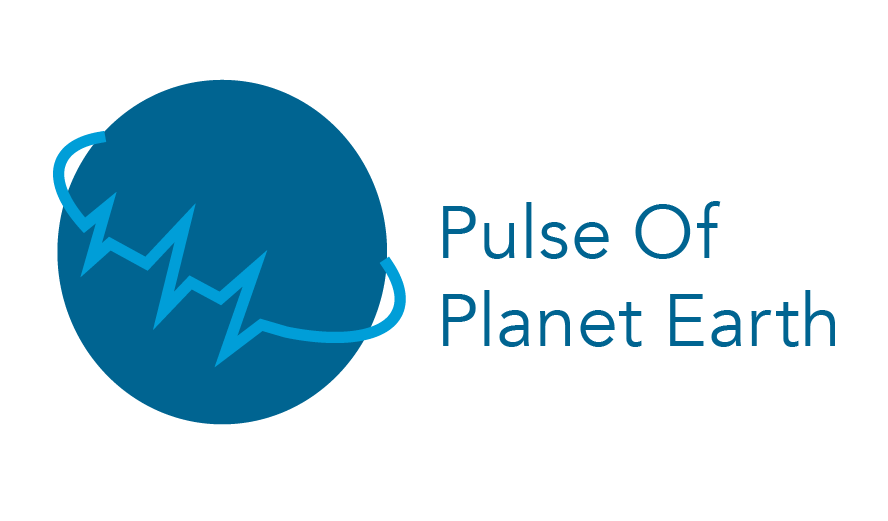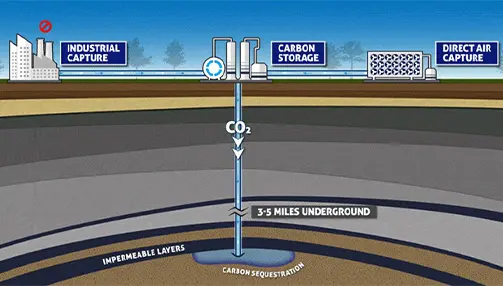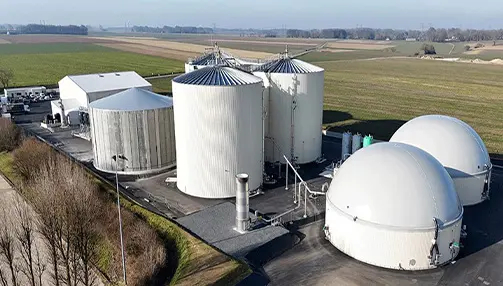
Pulse of Planet Earth: Our Planet And The Cathedral
Contributing Columnist, Paula DiPerna, Writes From Paris On What We Can Learn From The Restoration Of Notre Dame And What It Will Take To Reverse Our Planet’s Declining Health
 By Paula DiPerna
By Paula DiPerna
All eyes were glued to the video screens at the Salt Lake City airport departure gate area —watching the conflagration. I was one of them, and many people around me had tears in their eyes. Notre Dame Cathedral was aflame in Paris, shocking all who were watching.
This church dedicated to the beliefs of a single religion nevertheless had become a globally known cultural and civic icon, a landmark in the city of Paris that has attracted innumerable believers and non-believers to visit, pray, contemplate, listen to music, be silent, or gape at the extraordinary flying buttresses, steeples and gargoyles that are unmistakable in the sky.
And when this colossal monument of achievement was engulfed in flames, the whole world seemed to be crying.
That was in spring 2019. Now, as planned, five years later, the grand cathedral has re-opened in a fully restored and renewed condition. Between private and government donations, planning led by a general, and the work of hundreds of carpenters, designers, builders, carvers, masons, and other workers, Notre Dame is once again alive.
I had watched the cathedral burning from an airport thousands of miles away. But this time, I was in Paris to observe the re-opening of Notre Dame Cathedral this winter. A cold rainy December weekend, and yet I circled around, walked in the chilly weather, chatted with the gendarmes who were flawlessly and graciously guiding the onlookers on how to see but not get too close. Ever overflowing with civic pride, the city of Paris placed huge screens along the Seine so that we, distant yet awed, could get a full view in real time of the ceremonial re-opening. All bells in the city chimed in unison, then the towering cathedral bell. Who could turn away from listening? Dignitaries were due to arrive, security was tight, and yet around this little island in the river Seine, the whole city of Paris and, again, the whole world seemed to be watching as the curtain rose on the cathedral, leaving the ashes behind.
Between its original construction, modifications since, and today’s restoration, the cathedral spans centuries of human effort, imagination and inspiration—a single building that encompasses all the forces of heart, mind, and soul that create what we think of as human civilization. The restoration of Notre Dame was painstakingly completed in record time because all the forces that could be brought to bear took the matter as urgent.
But what of our beloved planet–the ecological equivalent of civilization? The recent Planetary Health Check report issued last year, published by a consortium of research entities led by the Potsdam Institute for Climate Impact Research, the University of Copenhagen, and Australian National University tells us that six of the Planet’s nine critical ecological systems have entered the “red alert” zone and their “safe operating” boundaries have been breached, namely climate change, biosphere integrity, land system changes, freshwater change, biogeochemical flows, and the introduction of novel entities, meaning synthetic products such as plastics. On top of that, ocean acidification levels are reaching the alert point, and reversing the ocean’s acidity would truly be out of our reach.
The most important report on the health of our planet is giving us undeniable scientific information so that we understand that our planet is critically unhealthy, as aflame figuratively as a burning church and, fairly, often now, literally too as we observe increasing wildfires all around the world.
Our planet is in the same shape as Notre Dame was on the day it was nearly totally burned to the ground, but our earth runs on a cosmic scale clock. Our planet’s beauty and processes evolved over eons, not mere centuries, and so the science is telling us that, compared to the irretrievably long history of our planet, it is being destroyed in a relative few hours of time.
But how quickly planetary health has deteriorated is a fact in which we cannot wallow.
Near the end of this year just beginning, the world will gather in Brazil to mark COP-30, the 30th Conference of the Parties since the Framework Convention on Climate Change that was supposed to address climate change came into force. Yet, emissions are still rising and, according to the Planetary Boundaries report, we are in the danger zone on climate change and all that flows from it.
Are we just to cry, like shocked travelers at airports going nowhere toward a solution?
Time is now to re-orient our financial systems to take full account of the costs of planetary deterioration, so that our financial systems no longer value companies like Uber at over US$100 billion and our atmosphere at zero.
The deterioration of our planet’s health is because we have never economically truly valued that health as indispensable. On the contrary, according to the United Nations Environment Programme (UNEP), at least 7% of Global gross domestic product, or roughly US$7 trillion per year is directly “nature negative,” meaning being spent on activities that cut directly into the heart of planetary health
We have the tools to re-direct our capital flows—we could internationally put a price on carbon for starters, for example, or re-orient our financial metrics so they reward restoration of nature with a commercial return on investment, rather than extraction processes. We can put a focused full-time international economic team effort on the problem of planetary health, a new international consortium whose job it would be to focus capital investment on the maintenance of ecosystem assets, not the deterioration of those assets. A vast unprecedented problem requires a concomitantly vast and unprecedented solution.
Perhaps time has come to interject a new form of COP—the global Conference of Purpose, whose very purpose would be design and empower a wholly new set of global institutions to revisit our presumptions about the role of capital and to guide and direct all economic activity to reverse the trends illuminated by the Planetary Health check.
Ideas can be countless, so focus is key. The facts of our planet’s declining health are as vivid as fire. But like Notre Dame, our planetary cathedral can be gloriously reborn. Let us do what can be done.










